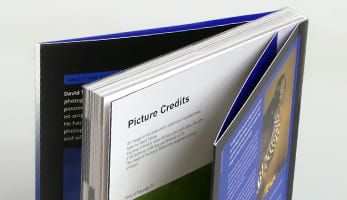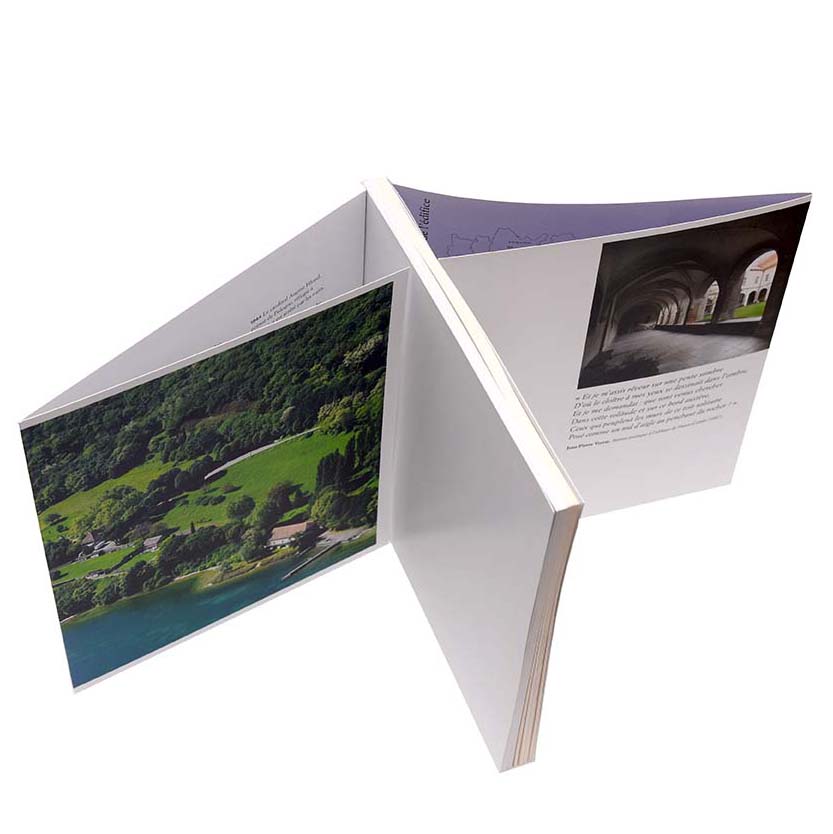By understanding the process and designing with intent, you can leverage cover flaps to create a truly exceptional book that stands out for all the right reasons.
|
In the vast and competitive world of publishing, the first impression your book makes is often the only one you get. Authors, designers, and publishers are in a constant search for features that not only catch the eye but also convey a sense of quality and professionalism. Enter one of the most elegant and functional enhancements a paperback can have: the folded cover. You may have heard this feature called by several different names—cover flaps, French folds, or gatefold covers—but it's crucial to understand that these terms are synonymous. They all refer to a style of softcover that is intentionally produced wider than the book's pages, with the excess material on the front and/or back cover folded inward to create an interior flap. This simple addition transforms a standard paperback into a premium product, bridging the gap between a typical softcover and the esteemed feel of a hardcover with a dust jacket. The aesthetic advantage of incorporating gatefold covers is immediate and profound. From the moment a potential reader picks up the book, they experience a different tactile sensation. The cover feels thicker, more substantial, and more durable. This enhanced weight and rigidity immediately signal a higher quality production value, which can subconsciously influence a reader's perception of the content itself. A book that feels well-made is often assumed to contain well-crafted content. This premium feel can justify a higher price point, allowing authors and publishers to increase their profit margins while delivering a superior product. Beyond the tactile experience, French folds offer a wealth of design opportunities. The flaps can feature full-color artwork that extends from the main cover, creating a stunning panoramic or wrap-around effect that is only fully revealed when the flap is opened. This "reveal" creates an engaging and interactive experience for the reader. Furthermore, the flaps can be used for subtle, elegant branding, such as a debossed or foil-stamped author logo or publisher insignia, adding another layer of sophisticated detail.  While the visual appeal is a primary draw, the functional power of cover flaps is arguably their greatest asset. The most celebrated feature is the vast expansion of printable real estate. A standard book cover is a battlefield for space, where the title, author name, cover art, and any essential subtitles must fight for prominence. Gatefold covers provide a clean, dedicated space for crucial secondary information. The inside front flap is the perfect home for a compelling book synopsis or an intriguing author biography, complete with a professional headshot. This allows the main cover to remain uncluttered and focused on impactful art and typography. The back flap can be used for glowing reviews, a list of other books by the author, or information about a series. Perhaps the most beloved functional aspect is the built-in bookmark. A reader can simply fold the flap into the page to mark their spot, an elegant and convenient feature that enhances the reading experience. This added functionality, combined with the extra layer of protection the flaps provide to the book's pages, makes the book a more robust and user-friendly object.  Understanding how these elegant covers are made reveals why they are a hallmark of quality printing. The creation of perfect French folds is a specialized process that cannot be easily replicated by all printers, particularly on-demand services. Unlike a standard paperback where the cover and book block are bound and then trimmed on three sides as a final step, a book with gatefold covers requires a different workflow. The cover must be precisely trimmed and scored before it is bound to the text block. This precision is critical; an improperly scored or folded cover will not lie flat and will ruin the book's professional appearance. To achieve this consistency and precision on a commercial scale, expert printers employ a specialized piece of equipment known as a book flapping machine. This sophisticated machine automates the critical steps, taking a printed and oversized cover and executing a perfect crease and fold every single time. The investment in a book flapping machine is what separates custom, high-quality printers from the rest, as it is the only way to guarantee a flawless finish on every single copy in a print run.  For authors and publishers looking to incorporate this feature, successful execution begins at the design stage. It's not enough to simply decide you want flaps; they must be integrated thoughtfully into the overall book design. The width of the flaps is a key consideration. A narrow flap of one or two inches might be enough for a simple logo or to serve as a bookmark, while a wider flap—perhaps just an inch shy of the full page width—provides ample space for detailed text and images and adds significantly more rigidity to the cover. The content on the flaps should be designed with the same care as the main cover, using complementary typography and color palettes. It's also vital to communicate clearly with your printer. When requesting a quote, specify the number of flaps (front, back, or both) and their desired width. If your book is particularly thick, you may want to request an additional score on the flap so it can bend more easily deep within the book. By understanding the process and designing with intent, you can leverage cover flaps to create a truly exceptional book that stands out for all the right reasons. |
| Tag:French Folds,Gatefold Covers,book flapping machine,cover flaps |
Please Leave Your Messenger Here!
We will do our best to make your business prosperous!




